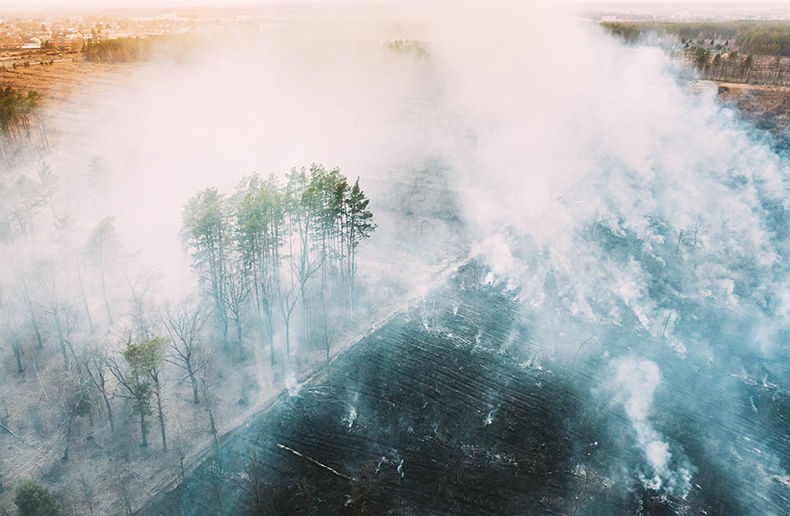The Conference Board of Canada has published an extensive report drawing on insights gleaned from studying disaster recovery frameworks in the United States, Australia and New Zealand to create recommendations for this country’s national recovery strategies.
In it, the Conference Board’s researchers say there is a fundamental gap between Canada’s high-level vision for community resilience and the policies and programs needed to realize that vision.
Lagging peer jurisdictions
“Canada lags peer jurisdictions in developing a comprehensive approach to resilient disaster recovery,” the report states. “We lack a robust vision for how Canadian communities might better recover from disaster,” they add. “Accelerate the development of Canada’s national recovery framework. The 2028 deadline to complete the development of a national recovery strategy is too far in the future.”
The report also recommends provinces and territories require pre-disaster planning and provide tool kits and guidelines. They also recommend the federal government establish a national disaster resilience knowledge hub more robust than the current Canadian Disaster Database.
Natural hazard risk exposure is changing
“Canada’s exposure to natural hazard risk is changing in profound ways, and the truth is, we aren’t prepared,” they state. “Peer countries are grappling with this challenge. Understanding their disaster recovery policies and programs can help us improve our own.”
Entitled Toward a Disaster Recovery Framework for Canada, the report goes on to look at the differences between disaster risk reduction and climate change policy work, it discusses targets and objectives, the challenge of defining community resilience, the evolution of Canada’s disaster recovery system and reforming those programs. It also provides a list of metrics used to assess community resilience.
“To meet the emerging threats, we need to reimagine how we support communities recovering from major disaster events,” they add. Among the recommendations, the report advocates for recovery programs that help communities rebuild in ways that make communities less susceptible to natural hazard events in the future.
An overarching approach
“Canada’s bottom-up emergency management structure, in which responsibility begins at the local level and cascades upwards, can give the impression that the federal government’s role is essentially residual, doing little more than providing funding support,” they write. “This view is not only mistaken but it stands in the way of progress. An overarching approach to disaster recovery in Canada will not only help raise the standards of recovery programming across the country but will also help ensure that recovery programs achieve common results.”







